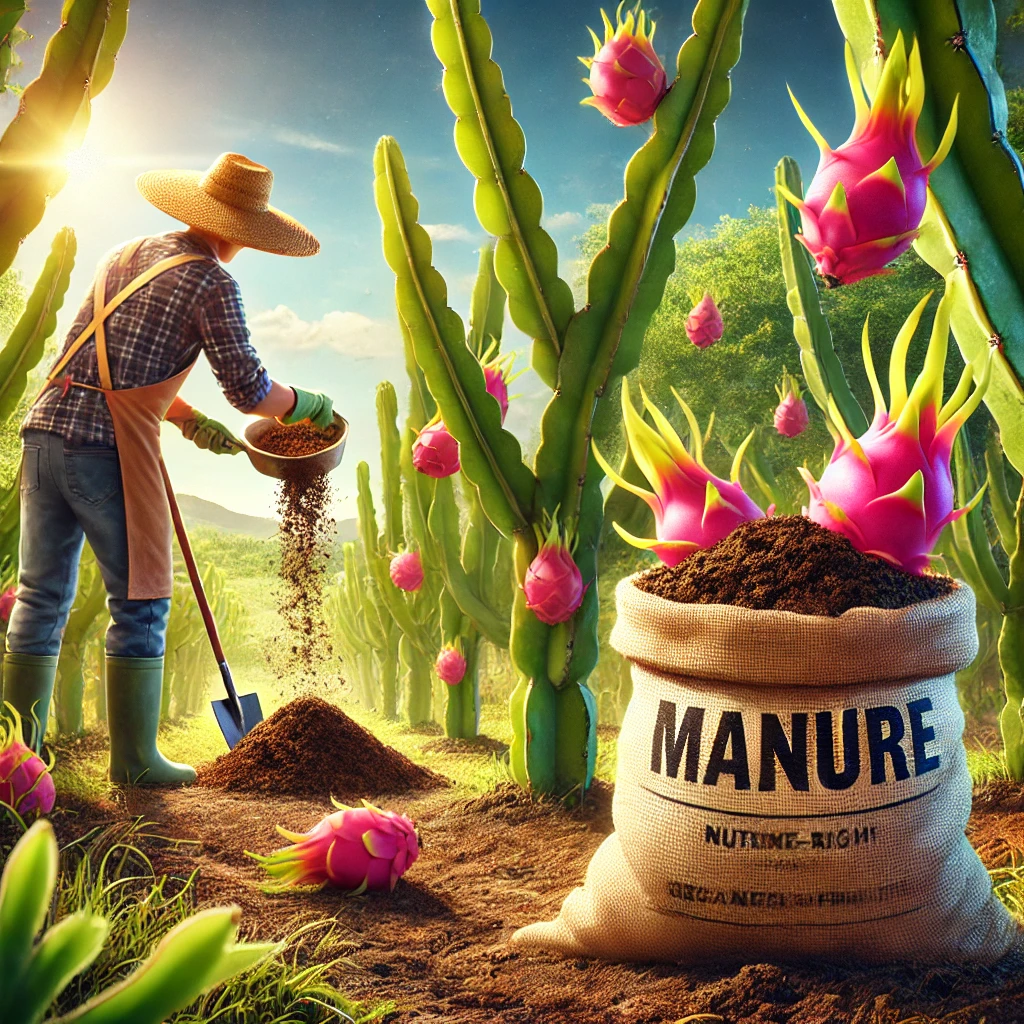Mastering the Art of Grafting Dragonfruit for Enhanced Growth and Variety
Grafting is a horticultural technique used to join parts from two or more plants so that they appear to grow as a single plant. In the case of dragonfruit, also known as pitaya, grafting can be particularly beneficial for enhancing growth rates, improving fruit production, and even combining different varieties for better adaptability and resilience. This blog post explores the fascinating world of grafting dragonfruit, providing step-by-step instructions and tips to help you succeed with this technique.
Why Graft Dragonfruit?
Grafting dragonfruit can offer several advantages:
- Speeds up Growth: Grafted plants often grow faster and begin producing fruit sooner than seed-grown or ungrafted cuttings.
- Disease Resistance: By grafting onto a rootstock that is robust and disease-resistant, the grafted plant can inherit these traits, leading to a healthier plant.
- Improved Yield: Grafted plants can produce more and better-quality fruits due to the combined vigor of rootstock and scion.
- Experimentation: Grafting allows gardeners to experiment with combining different varieties of dragonfruit, potentially leading to unique hybrids.
Selecting Rootstock and Scion
- Rootstock: Choose a healthy, disease-free dragonfruit plant with a well-developed root system. It should be vigorous and adaptable to your local growing conditions.
- Scion: This is the part of the plant that you want to propagate. Select a healthy stem from a desired dragonfruit variety, ideally one that is known for its fruit quality or other desirable traits.
Tools and Materials Needed
- Sharp grafting knife or razor blade
- Grafting tape or parafilm
- Clean cloth and rubbing alcohol (for sterilizing tools)
- Labels and marker (for tracking your grafts)
Grafting Techniques for Dragonfruit
- Cleft Grafting: This is one of the simplest and most commonly used methods for grafting dragonfruit.
- Step 1: Sterilize your knife or blade before use.
- Step 2: Cut the top off the rootstock plant, leaving a clean and straight stem.
- Step 3: Make a vertical slit about 1-2 inches deep in the center of the cut stem of the rootstock.
- Step 4: Prepare the scion by cutting it to a similar length and shaping the base to a wedge.
- Step 5: Insert the scion into the slit made in the rootstock so that the cambium layers (the growing part under the bark) of both scion and rootstock align.
- Step 6: Secure the joint with grafting tape, making sure it is tight and moisture cannot enter.
- Approach Grafting: Suitable for more experienced grafters, this method involves joining the scion and rootstock without completely severing the scion from its original plant until after the graft has taken.
- Step 1 to Step 4: Similar to cleft grafting, but the scion remains attached to its parent plant.
- Step 5: Bind the scion to the rootstock securely, ensuring good contact between their cambium layers.
- Step 6: Once the graft has successfully taken, usually after a few weeks, the scion can be detached from its original plant.
Aftercare for Grafted Dragonfruit
- Positioning: Keep the grafted plant in a shaded, protected area away from direct sunlight until the graft union is strong.
- Watering: Maintain consistent moisture but avoid overwatering as it can lead to rot at the graft junction.
- Monitoring: Check the graft regularly for signs of disease or failure. Adjust care as needed.
Conclusion
Grafting dragonfruit is an exciting venture that can enhance your gardening experience and potentially improve the productivity and health of your dragonfruit plants. With patience and practice, grafting can open up a world of possibilities for creating custom dragonfruit varieties tailored to your preferences and environmental conditions. Whether you’re a seasoned gardener or a curious beginner, grafting is a worthwhile skill to explore in the pursuit of perfecting your pitaya production.



